10,000 videos available in TIB’s AV-Portal: our personal highlights
Last week, the time came for us to publish the ten-thousandth video in the AV-Portal, which happened to be “Investigating Euclidean Mappings for CIEDE2000 Color Difference Formula” (https://doi.org/10.5446/31076). A cause for celebration and reason enough for us to take a closer look at a few stats and videos.
10,000 videos in the AV-Portal
Of the 10,000 videos in the AV-Portal, more than 1,600 videos originate from the collections of the former IWF Wissen und Medien gGmbH (previously the Institute of Scientific Film), more than 3,000 videos are from the field of Computer Science, over 1,500 relate to Physics, and there are more than 1,000 videos each from the realms of Mathematics and Engineering. Some of the most viewed videos are a discussion in 1982 between the two physicists Paul Dirac and Friedrich Hund and the instructional videos on physical chemistry and thermodynamics by Professor Dr. Günter Jakob Lauth, viewed by a four-digit number of users in the past twelve months alone. All other videos are also enjoying greater popularity: more than one thousand page impressions a day and more than 20,000 visitors a month reflect an ever-growing interest in the content of the AV-Portal.
KNM staff members’ favourite videos
Not only AV-Portal users appreciate the wide selection of videos – over time, staff members at the Competence Centre for Non-Textual Materials (KNM) have also found their own personal favourites among the videos. To mark the portal’s ten-thousandth video, we would like to present a number of our favourites.
Margret Plank: Plumes of Piton de la Fournaise
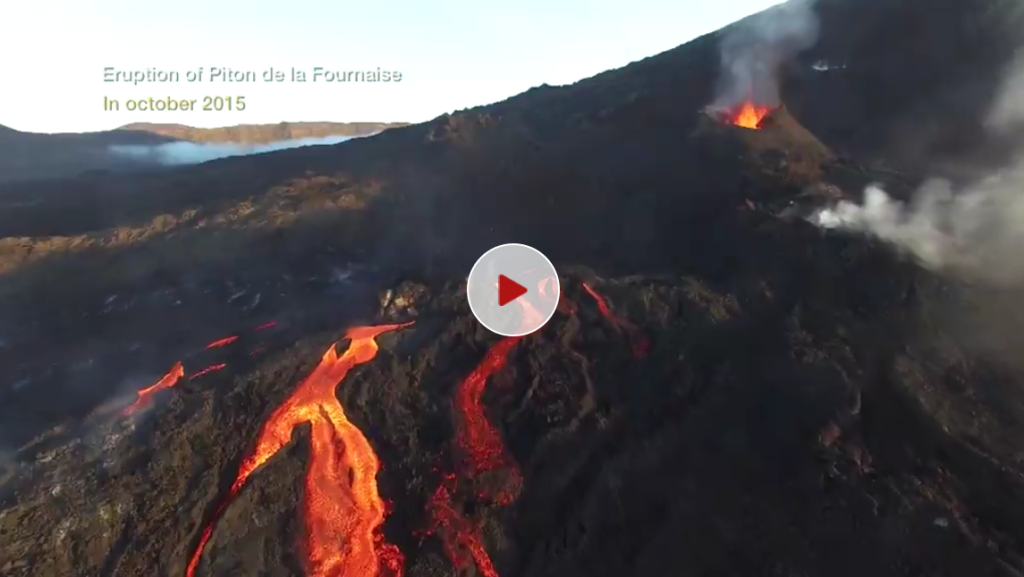
The favourite video of Margret Plank, Head of KNM, is a video provided by our cooperation partner Copernicus Publications. What is striking about the video Plumes of Piton de la Fournaise is not only the professional way in which it has been produced, but also the multitude of aesthetically appealing shots. It is moreover a successful combination of video abstract (for the article First results of the Piton de la Fournaise STRAP 2015 experiment: multidisciplinary tracking of a volcanic gas and aerosol plume) and project presentation.
Paul Feindt and Thomas Werner: The “Muscle Man” Wilhelm Emter from Lörrach
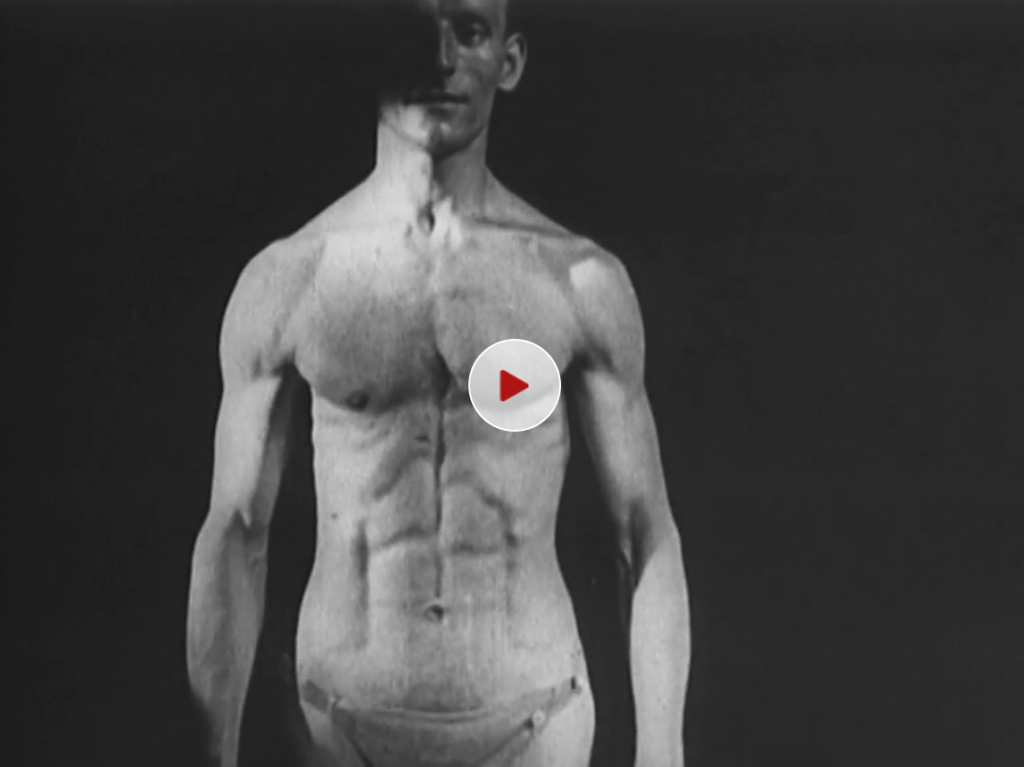
Paul Feindt, media documentalist, and Thomas Werner, commercial law specialist, both of whom have been at KNM for around four years, are the point of contact for the special collection IWF (films from the former Institute of Scientific Film, Göttingen). They are responsible for media services, search, licences and the clarification of rights regarding the collection. As such, they selected a video from the extensive wealth of IWF works: The “Muscle Man” Wilhelm Emter from Lörrach. This silent film document, created in 1925, is a unique work and a classic in anatomical sciences. It shows the well-trained artiste flexing his muscles with virtuosity. The motion sequences of individual muscle groups are demonstrated section by section, with slow-motion shots enabling the viewer to clearly discern forms and structures. Incidentally, this is one of a handful of films in the AV-Portal that are now in the public domain.
Felix Saurbier: Ernst Rowohlt Talks about his Life
Felix Saurbier, responsible for Services relating to Linked Open Data and Open Educational Resources, also chose as his favourite a video from the IWF collection. His favourite is the video Ernst Rowohlt talks about his Life and Work as a Publisher, Hamburg 1959. The video shows Ernst Rowolth “with thick lens glasses, a dog with a mind of its own, and a cigarette talking in witty, Hanseatic-style about his life and work as a publisher. Five minutes of history and great entertainment!”

Tolga Karaarslan: GRASS GIS
Tolga Karaarslan, responsible for video acquisition at KNM, went for the video GRASS GIS 6.4 development visualization from 1999 to 2013 because “it’s simply great to watch.”
The video visualises the topic of “geographic information systems” (GIS) and their development during the period from 1999 to 2013. The colours and rapid movements, together with the background music (“Le bruit peut rendre sourd” from the album “Sensation electronique” by Saelynh), create a unique work of art.
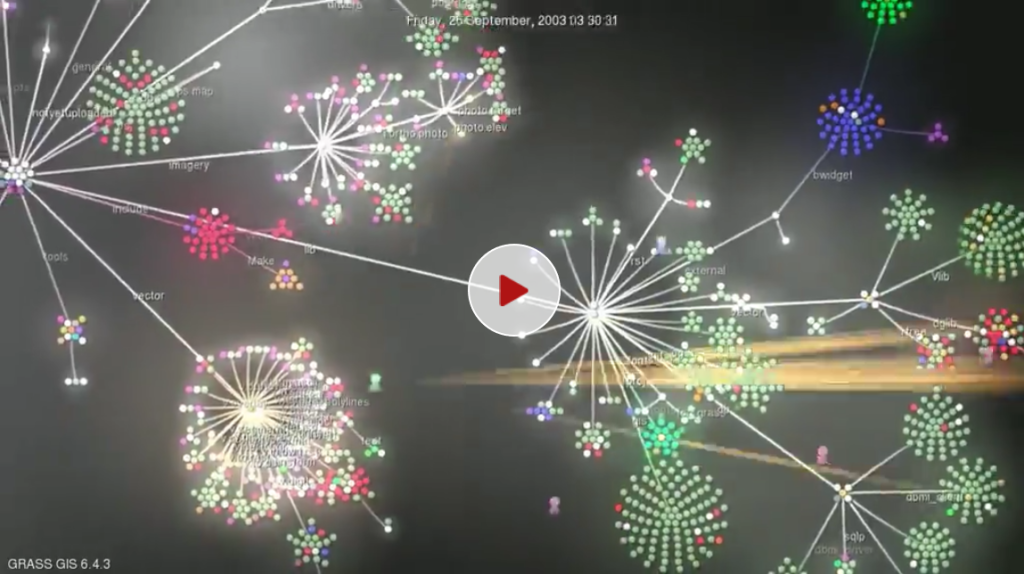
Rico Koch: /media/1 and /media/341
In contrast, the choice by Rico Koch, IT developer at KNM, in favour of https://av.tib.eu/media/1 and https://av.tib.eu/media/341, is made without any regard whatsoever for aesthetics or content. Even though they are not his favourite videos, they are the ones that he “called up most frequently in the AV-Portal for all sorts of tests during the development of the front end”. Asked about why he chose these particular videos, he replied: “341, because that’s the area code of my home town, and 1, because this video exists and the number is simply simple.”
Bastian Drees: Can life be constructed?
Some of my favourites are the discussion between Carl Friedrich von Weizsäcker and Werner Heisenberg and the GRASS GIS video, narrated by William Shatner. But since these two videos have already been reported on in this blog (here in the case of Heisenberg and here in the case of Shatner), I opted for the talk by Professor Dr. Petra Schwille on the occasion of the Lise Meitner Lecture 2016 entitled „Ist Leben konstruierbar“ (Can life be constructed). In this lecture, Professor Schwille explains, in a very entertaining and comprehensible way, a number of fundamental questions on life and synthetic biology from the standpoint of a (bio)physicist.
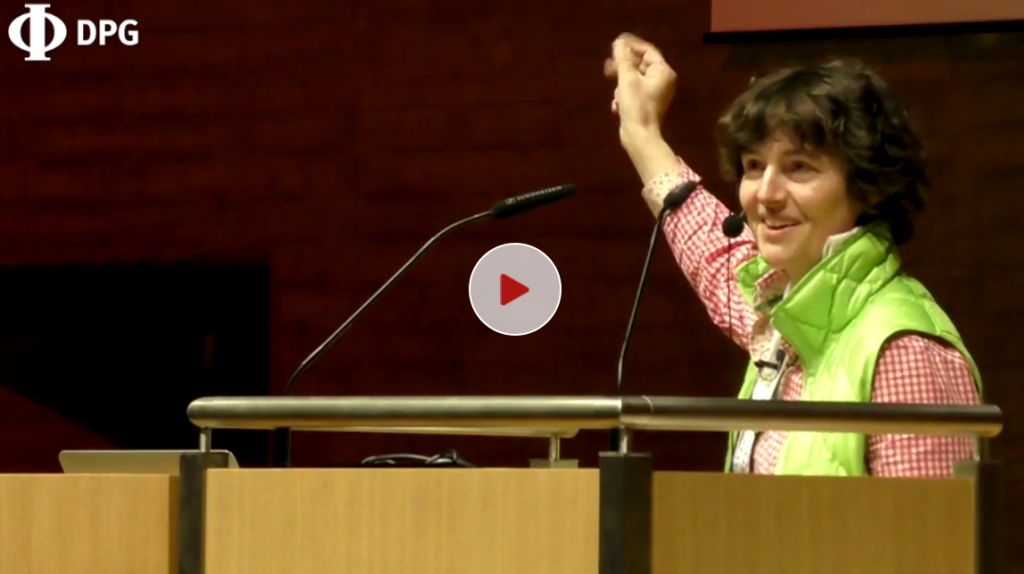
We warmly invite you to browse through the AV-Portal and to discover your own personal favourite video.
... arbeitet im Kompetenzzentrum für nicht-textuelle Materialien (KNM).
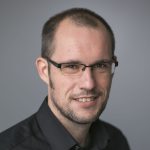


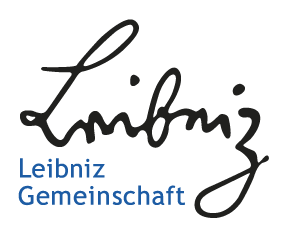
2 Antworten auf “10,000 videos available in TIB’s AV-Portal: our personal highlights”